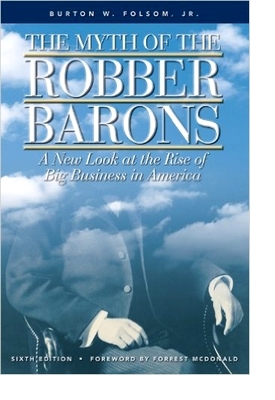In my two previous blog posts here and here I talked of a new extended flow oil fracking technique coming on-line that resulted in a lot of drilled uncompleted wells (DUC) and the population of such wells (~5,000). In the comment section of one of those columns I speculated that we have a top end on oil prices where “turn on a dime fracking” will cut in at a price point of $50 a barrel
We now have a “flaming datum” for that speculation, oil having just bumped -HARD- into the $50 a barrel roof for world oil prices. The 5,000 DUC Frack-log is being activated with — I strongly suspect — the new extended play oil fracking technique.
It is being reported in various places that the US rig count jumped from NINE RIGS in mid-May to 325 last week and there was no change from 325 rigs this week. That is a 36 fold increase in rig count in a week!!
Based on figures I’ve gotten from those in the industry, the range of production you can expect from those wells, depending on the geology, length of the laterals (6,000 to 8,000 feet) and the number of fracking stages (200′, 300′ or 400′) will result in initial barrel per day production of between 400 and 800 barrels a day per fracked well (with a very, very rare 1,300 barrel a day play from time to time). So we are looking at between 130,000 to 260,000 barrels a day of American oil fracking production arriving in the next few months.
Compared to Saudi production, 130,000 to 260,000 barrels of oil a day represents between 1.3% and 2.5% of the Saudis’ daily oil flow. The number of DUCs activated to provide that production amount to 6.5% of the frack-log. And all that for what amounts to Zero “CAPEX” (capital expenditure), plus the operating expenses of worker wages, the rental price for existing, out of service, oil fracking rigs, and oil tanker trucks to move product to rail heads or oil pipelines.
Now you know why the Saudis didn’t agree with OPEC oil production cutbacks this week. The Saudis maxing out their oil production is no longer about stopping American oil frackers. The Saudis’ long term regime survival strategy amounts to being the “Last Petro-State Standing.”
The Saudis — like everyone else inside the Big Oil economic paradigm — simply cannot compete with that sort of rapid to market, low cost & low risk oil. The Saudis’ highest priority now is to keep their customers as long as they can, because if they lose them they may never get them back.
